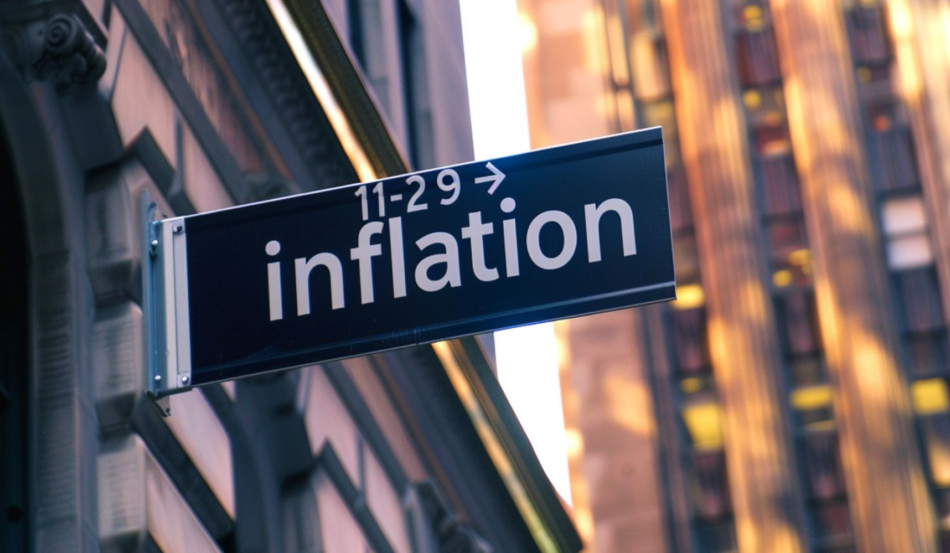Fed's Favorite Inflation Gauge Expected To Fall In September: How Will Markets React?
The Federal Reserve’s preferred inflation measure, the Personal Consumption Expenditure (PCE) price index, is set to be released on Thursday at 8:30 a.m. ET.
Investors and policymakers alike are hoping the data will reaffirm the current disinflationary trend, which could solidify expectations for continued Fed rate cuts in 2024 and into 2025.
Market expectations currently show a nearly certain probability of a rate cut at the Fed’s upcoming meeting next week, according to the CME FedWatch tool.
However, the December rate decision remains more uncertain, with market-implied odds at roughly 70% for an additional quarter-point cut.
September PCE Inflation Report: What Do Wall Street Economists Expect?
- The consensus expects the headline PCE inflation rate to decline to 2.1% year-over-year in September, down from 2.2% in August.
- On a monthly basis, headline PCE inflation is forecasted to increase slightly to 0.2%, up from 0.1% the prior month.
- The core PCE price index, which excludes volatile food and energy prices and is closely watched by the Fed, is projected to fall to 2.6% year-over-year from 2.7% in August.
- Core PCE is expected to see a more significant monthly uptick, rising 0.3% in September from 0.1% in August.
What Economists Are Saying
LPL Financial’s Chief Economist Jeffrey Roach highlighted the overall disinflation trend observed throughout the third quarter, suggesting that this increases the likelihood of Fed cuts at both the November and December meetings.
“Inflation eased considerably throughout Q3,” Roach stated, “which increases the odds the Fed will cut at both of the upcoming meetings this year.”
Bank of America’s U.S. economist Shruti Mishra, however, offered a more cautious view. Mishra highlighted that core PCE inflation in Q3 was actually slightly stronger than expected, which could reflect an upward revision to prior months (July and August) or a firmer-than-expected September.
Bank of America anticipates a core PCE monthly increase of 0.2%, which would keep the three-month annualized rate low at around 2.1% or 2.2%.
On Thursday, Goldman Sachs raised its estimate for September core PCE inflation to 0.26% on a monthly basis, This would translate to an annualized rate of 2.65% for core PCE and 2.09% for headline PCE, suggesting mild upward pressure on inflation but not enough to shift the Fed’s broader policy outlook.
Market Impact: What to Watch for on Thursday
If the PCE data comes in as expected or lower, it could further reassure markets that inflation is on a controlled downward path, supporting the case for continued rate cuts.
Stocks would likely respond positively, while bond yields—especially for shorter-dated maturities—would likely decline.
Conversely, any upside surprises—especially in core PCE—could lead market participants to rethink the pace of rate cuts, especially for the December meeting. This might trigger some volatility, pushing bond yields higher and dampening risk sentiment.
On Wednesday, the SPDR S&P 500 ETF Trust SPY closed 0.3% lower, while the tech-heavy Invesco QQQ Trust QQQ slumped 0.7%.
Read Next:
Image created using artificial intelligence via Midjourney.
Market News and Data brought to you by Benzinga APIs
© 2024 Benzinga.com. Benzinga does not provide investment advice. All rights reserved.


Leave a Reply